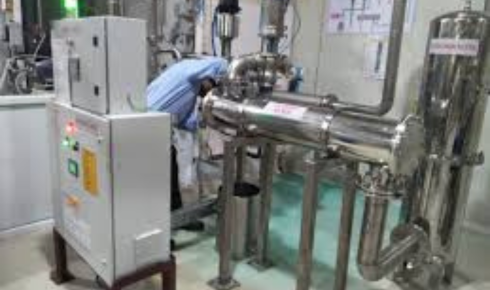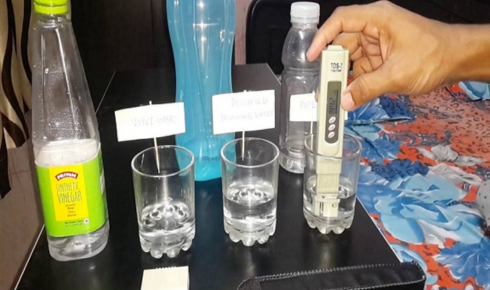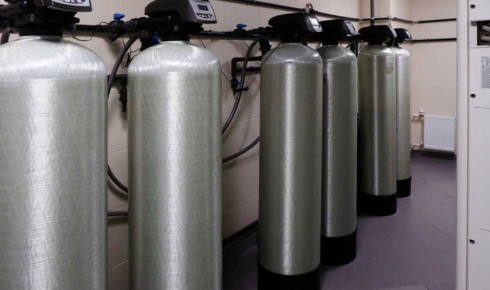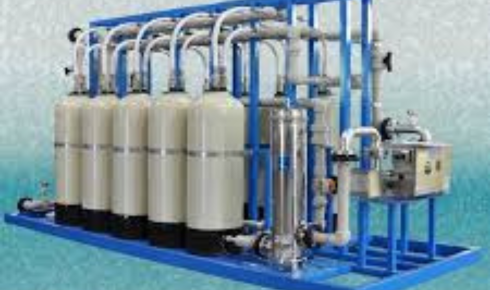There’s something oddly comforting about a glass of clear, cold water — the kind that feels pure, crisp, and life-giving. We drink it, cook with it, bathe in it, and trust that it’s safe. But what if I told you that “clear” doesn’t always mean “clean”? That the very water running from your tap could harbor invisible bacteria, viruses, or pathogens that not even the best filters can catch. This is where UV disinfection water system technology quietly steps in — unseen but powerful, working like sunlight in a bottle.
A Simple Idea with Profound Impact
The science behind UV disinfection is almost poetic in its simplicity. Ultraviolet light, the same kind that tans your skin or burns your nose after a long beach day, is lethal to microorganisms. When UV rays penetrate the cell walls of bacteria or viruses, they disrupt their DNA, rendering them unable to reproduce or infect. No chemicals. No weird taste. Just pure, physical disinfection.
What makes this technology even more fascinating is how accessible it’s become. Once reserved for hospitals and industrial facilities, UV systems are now available for homes, cottages, restaurants — basically anywhere water quality matters. For families who rely on well water or live in rural areas where chlorine treatment isn’t feasible, UV systems are becoming a quiet revolution in safety.
The Subtle Genius of Modern UV Systems
Let’s be honest — nobody wants another complicated gadget to maintain. The brilliance of modern uv water purification lies in its minimalism. The system typically includes a stainless-steel chamber housing a UV lamp that the water flows through. There are no chemicals to measure, no cartridges to replace every few weeks.
Once installed, it just works — disinfecting every drop that passes by the light. Maintenance usually means changing the UV bulb once a year and occasionally cleaning the quartz sleeve that surrounds it. That’s it. Compare that with chlorine systems, which can leave chemical residues, or reverse osmosis systems, which require frequent filter changes, and you begin to appreciate just how elegantly low-maintenance UV really is.
Why More Homeowners Are Making the Switch
There’s also a psychological comfort in UV disinfection. Many people don’t love the idea of adding chemicals to their drinking water. And while chlorine does a solid job at disinfection, it can leave a distinct taste and odor that’s hard to ignore. UV, on the other hand, adds nothing and removes nothing — it simply neutralizes microorganisms and lets the water remain as nature intended.
Plus, it’s lightning fast. Unlike boiling, which takes minutes, or chemical disinfectants that need time to react, UV kills pathogens in seconds as water flows through the chamber. For anyone concerned about waterborne illnesses — especially in homes with children, elderly family members, or compromised immune systems — that’s a comforting thought.
The Environmental Edge
When you think about sustainability, UV disinfection checks nearly every box. It doesn’t produce harmful byproducts, doesn’t use disposable filters, and consumes less power than a 40-watt bulb. It’s one of those rare solutions that’s both effective and environmentally gentle.
In a world increasingly conscious about reducing waste and pollution, UV technology feels refreshingly aligned with the times. You’re not just protecting your family — you’re also minimizing your footprint. And that’s a rare double win.
What About Limitations?
Of course, no technology is perfect. UV can’t remove dissolved impurities, sediments, or chemicals — it’s a sterilization system, not a filter. That’s why most setups combine UV with pre-filtration, ensuring the light can effectively reach pathogens without being blocked by particles.
If your water is cloudy, the UV light can’t penetrate fully, reducing efficiency. So yes, it’s not a magic wand, but when used properly in tandem with filtration, it’s incredibly effective. It’s like pairing sunscreen with a hat — one protects against radiation, the other against exposure, but together, they’re unbeatable.
The Science of uv sterilization Beyond Water
Interestingly, UV sterilization isn’t just used for water anymore. The same germicidal wavelengths are now found in air purifiers, HVAC systems, and even self-cleaning robots. During the height of the pandemic, UV-C devices became mainstream for sanitizing surfaces and rooms. That’s the beauty of this technology — it’s scalable, versatile, and proven by decades of scientific validation.
Hospitals, food processing plants, laboratories — all rely on UV because it works silently and effectively. The move toward using UV at home is simply the next logical step in making industrial-grade hygiene accessible to everyone.
Real-World Peace of Mind
Imagine this: you’ve just installed your first UV water unit. You take that first sip of water and realize — it tastes exactly the same. No metallic aftertaste, no chlorine tang, no strange odor. Just clean, crisp water. That’s the point. UV doesn’t change how your water feels or tastes; it changes what’s in it, or rather, what’s not in it anymore.
There’s an almost invisible kind of reassurance in knowing that every drop passing through that slim, stainless chamber is being disinfected with light — a force as natural as sunshine, yet precise enough to protect your health at a microscopic level.
The Quiet Guardian of Modern Living
In a sense, UV water treatment is the kind of innovation that slips under the radar — literally invisible but deeply impactful. It doesn’t announce itself with fancy buttons or loud marketing claims. It just quietly stands between you and countless unseen threats, day in and day out.
And maybe that’s what makes it so remarkable. It’s not flashy. It’s not chemical. It’s not complicated. It’s simply smart — science and simplicity blending in perfect balance to keep life safer.
So the next time you pour a glass of water, think about what’s really protecting it. Chances are, it’s not the filter under your sink or the bottle in your fridge — it’s light itself, working silently to keep your world a little cleaner, one drop at a time.




